Retro and vintage decor continue to captivate homeowners seeking unique ways to refresh their spaces, blending historical charm with modern flair. While both styles evoke nostalgia, they represent distinct eras and design philosophies. This article delves into the nuanced differences between vintage and retro decor, explores their evolution over time, and offers insights into how these styles can coexist to create visually stunning interiors. From classic antiques to bold 70s patterns, discover how vintage home accessories and retro designs can transform your space into a personal sanctuary of timeless elegance.
Key Takeaways
– Vintage and Retro Defined: Understand that vintage refers to authentic, historical items from earlier centuries (often pre-1900), while retro is a modern interpretation of past styles, especially from the 1960s onwards.
– Differences Highlighted: Vintage focuses on original craftsmanship, while retro blends historical influences with contemporary techniques.
– 90s Classification: The 1990s can be both vintage and retro, depending on their design’s historical significance or modern reinterpretation.
– Retro Eras Compared: Retro 70s leans bohemian with flared jeans and tie-dye, while Retro 80s embraces neon and bold statements, reflecting pop culture and technological advancements.
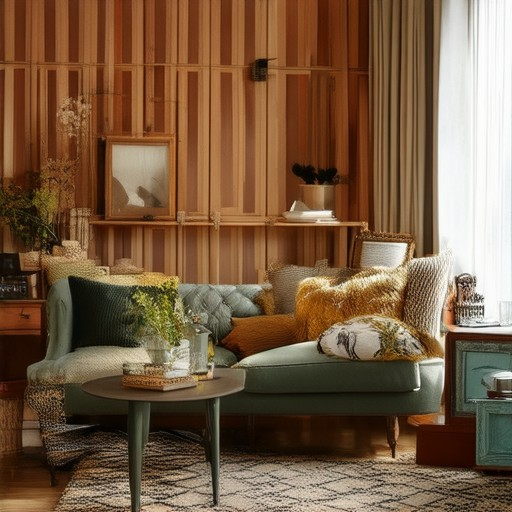
What is the difference between vintage and retro?
Vintage
Vintage refers to items, designs, or styles that are rooted in a specific historical period, typically pre-WWII. It emphasizes authenticity, craftsmanship, and the preservation of timeless pieces. Vintage goods are often considered collectible due to their historical significance and quality.
- Associated with a particular era (e.g., mid-century modern, art deco)
- Focuses on high-quality materials and construction
- Usually retains its original condition and functionality
- Appeals to enthusiasts of history and nostalgia
Retro
Retro design takes inspiration from past eras but often reinterprets them with a modern twist. It blends classic influences with contemporary aesthetics, making it accessible and affordable for many. Retro styles are popular in fashion, home decor, and accessories.
- Inspired by historical periods but updated for today’s tastes
- Can be mass-produced and more affordable
- Reflects a mix of nostalgia and innovation
- Popular in trends like retro gaming, retro fashion, and retro home decor
The key distinction lies in their approach: vintage prioritizes authenticity and historical accuracy, while retro focuses on reviving and reimagining past styles for contemporary use. Both categories hold cultural value but cater to different audiences and price points.
Explore our curated collection of retro and vintage items at RetroSales and discover the charm of yesteryear with our exclusive finds and lifestyle content.
What is Retro Style Decor?
Retro style decor is a design movement that celebrates the aesthetics of past eras, blending them with modern sensibilities to create unique and timeless spaces. Rooted in mid-century modern design, retro style often draws inspiration from the 1950s and 1970s, characterized by bold colors, geometric patterns, and a mix of old-world craftsmanship and contemporary flair.
Key Elements of Retro Style Decor
- Color Palette : Retro decor is known for its vibrant and contrasting hues. Think bright primary colors, jewel tones, and unexpected combinations that evoke nostalgia while standing out.
- Patterns and Textures : Geometric patterns, floral motifs, and textured surfaces are hallmark features of retro design. These elements add visual interest and a sense of history to a space.
- Mix of Old and New : Retro style often combines vintage pieces with modern furniture and accessories. This mix creates a balanced environment that feels both classic and fresh.
- Furniture : Iconic designs like Eames chairs, mid-century modern sofas, and sleek, minimalist tables are staples in retro-style interiors.
Where to Apply Retro Style
- Living Spaces : Incorporate retro-inspired coffee tables, armchairs, and TV stands into your living room for a cohesive look.
- Bedrooms : Add vintage bedding, retro lamps, and wall art to create a cozy retreat.
- Dining Areas : Use retro dining chairs or a bold, graphic tablecloth to bring a fun element to mealtime.
Tips for Achieving Retro Aesthetic
- Embrace Color Coordination : Pair complementary colors like avocado green with burnt orange for a quintessentially retro vibe.
- Layer Textures : Mix smooth, polished finishes with rough-hewn wood or woven materials for depth.
- Play with Patterns : Use geometric wallpaper or throw pillows to introduce pattern without overwhelming the space.
By thoughtfully incorporating these elements, you can transform any room into a retro-inspired haven that feels both familiar and excitingly new. Explore retro sales platforms like RetroSales.org to discover unique pieces that bring your vision to life.
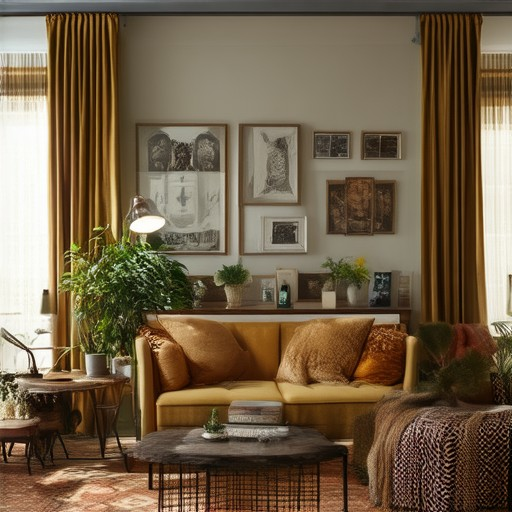
What is Considered Vintage Decor?
Vintage decor refers to a style of interior design that emphasizes the use of items from previous eras, showcasing their unique character, craftsmanship, and historical context. While the term “vintage” can vary in interpretation, it generally encompasses items that are at least 20 years old, though sometimes defined as 30 years or more. Vintage decor is characterized by its timeless appeal, blending elements from different decades to create a distinctive aesthetic.
Key characteristics of vintage decor include:
- Uniqueness: Vintage items are often one-of-a-kind, making each piece special and irreplaceable.
- Storytelling: Many vintage pieces carry a sense of history, inviting narratives from their past lives.
- Craftsmanship: Vintage items frequently exhibit high-quality construction and attention to detail.
- Sustainability: Repurposing and restoring vintage goods aligns with eco-friendly practices, reducing waste.
Examples of vintage decor include:
- Furniture: Mid-century modern pieces, antiques, and heirloom items.
- Décor: Vintage wallpaper, lighting fixtures, and decorative accents from past centuries.
- Textiles: Antique rugs, curtains, and upholstery with intricate patterns and fabrics.
- Art and Accessories: Paintings, photographs, and unique objets d’art from earlier periods.
How to Incorporate Vintage Elements into Modern Homes:
- Mix textures: Combine velvet upholstery with wood tones or metallic accents for contrast.
- Layer patterns: Use vintage-inspired wallpaper or fabric with minimalist modern designs.
- Curate collections: Select a few standout pieces that complement your space’s overall style.
- Restore and Refinish: Update vintage items to fit contemporary lifestyles while preserving their original charm.
Lifestyle platforms like Retro Sales offer curated vintage items and resources celebrating retro culture and nostalgia. Competitors such as Etsy and eBay also feature vast selections of vintage decor, allowing shoppers to explore diverse styles and eras. These platforms foster a community that values the charm of yesteryear, making vintage decor a popular choice for those seeking a unique, historically rich aesthetic.
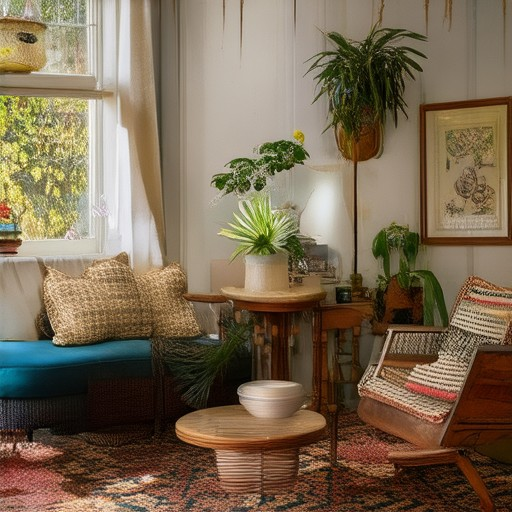
What Years Are Vintage and Retro?
Vintage and retro refer to distinct design movements in time, each with its own unique characteristics and timeline.
Vintage
Vintage typically refers to objects or styles from the past, often spanning multiple decades. While there isn’t a strict cutoff, vintage items are generally considered to be:
- Between 20 to 99 years old
- Reflecting design aesthetics from earlier centuries
- Often associated with mid-century modernism (mid-1900s)
- Carrying historical or cultural significance
Examples of vintage styles include art deco furniture from the 1920s, mid-century modern designs from the 1950s-1970s, and Victorian-era pieces from the late 1800s.
Retro
Retro design refers to styles that mimic or pay homage to those of the past, particularly from the 1960s, 1970s, 1980s, and sometimes the early 2000s. Retro items are often:
- Modern interpretations of classic designs
- Inspired by specific decades (e.g., 70s disco fashion or 80s neon aesthetics)
- Part of a nostalgic movement celebrating yesteryear
- Appearing in various forms, from clothing to home decor
Key Differences
Vintage and retro share overlapping timelines but have distinct approaches:
- Vintage : Focuses on authentic, original pieces from the past.
- Retro : Involves contemporary creations inspired by historical designs.
- Vintage often retains original craftsmanship, while retro may blend historical influences with modern techniques.
Both terms evoke a sense of nostalgia and are deeply rooted in the appreciation of timeless design.
Is 90s Vintage or Retro?
The term “vintage” generally refers to items from the early to mid-20th century, specifically from the 1900s up to the late 1980s. While the 1990s fall squarely within the vintage timeframe, not all 90s items are considered vintage. For instance, generic products from the 1990s may lack the historical significance associated with true vintage items.
Retro, on the other hand, describes the revival or reproduction of styles from previous eras, often with a modern twist. The 1990s, being part of the vintage era, can also be interpreted as retro when their designs are revisited today.
Key Differences:
- Vintage: Reflects the actual styles and artifacts from a specific historical period, often retaining original craftsmanship and historical value.
- Retro: Replicates or draws inspiration from past styles, combining them with contemporary elements to create a fresh take.
Examples:
- A 1990s-era jacket might be seen as vintage due to its historical context.
- The same jacket, reimagined with modern fabric and design elements, could be classified as retro.
Competitors and Resources:
For those interested in exploring retro fashion and vintage goods, platforms like Retro Sales offer curated collections and insights into retro culture. Their blog provides detailed articles on trending styles and the evolution of classic designs.
By understanding these distinctions, you can better appreciate the nuances of 90s fashion and its place within broader cultural trends.
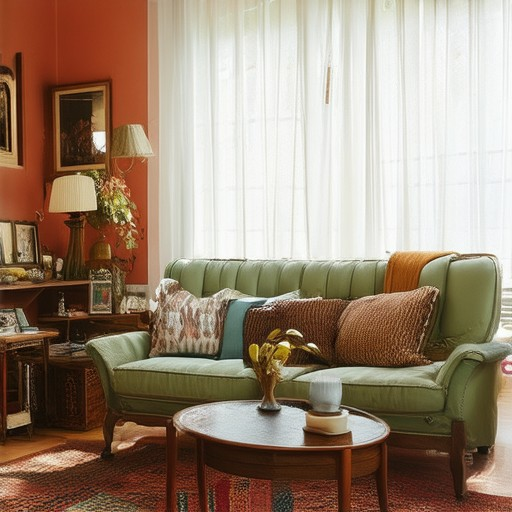
Retro 70s vs. Retro 80s: Which Era Wins?
The debate between Retro 70s and Retro 80s often boils down to personal preference, but each era has its unique charm and influences. Let’s dive into the differences and similarities to help you decide which one resonates more with you.
1970s
- Fashion: Flared jeans, bell-bottoms, and tie-dye shirts defined the decade. The hippie movement and bohemian style were prominent, emphasizing comfort and individuality.
- Music: Rock ‘n’ roll reigned supreme with bands like Led Zeppelin, The Rolling Stones, and Pink Floyd. Disco and funk also made significant waves towards the late 70s.
- Design: Minimalist furniture and clean lines dominated interior design. The rise of mid-century modern aesthetics influenced many modern retros.
- Cultural Shift: The counterculture movement, civil rights advancements, and the rise of environmental awareness shaped the social landscape.
1980s
- Fashion: Neon colors, leg warmers, and shoulder pads defined the decade. The rise of MTV and music videos brought a vibrant, energetic vibe to fashion.
- Music: Pop culture was huge, with artists like Michael Jackson, Madonna, and Prince leading the charge. New wave and synth-pop sounds dominated the airwaves.
- Design: Bold geometric patterns and vibrant colors characterized the 80s. The decade saw the rise of futuristic designs inspired by films like Blade Runner.
- Cultural Impact: The AIDS crisis, technological advancements, and the birth of the Yuppies influenced the societal fabric of the era.
Comparison: 70s vs. 80s
- Style: The 70s lean toward bohemian and eclectic, while the 80s embrace neon and bold statements.
- Music Taste: While both decades had iconic acts, the 70s leaned heavier on rock, whereas the 80s introduced a mix of pop and electronic sounds.
- Cultural Significance: The 70s were marked by social movements, while the 80s saw significant technological progress and economic growth.
Which Era Should You Choose?
Your choice ultimately depends on your personal taste. If you prefer a laid-back, earthy vibe, the 70s might be for you. If you’re drawn to vibrant colors, pop culture, and a more upbeat energy, the 80s could be your pick.
Both eras contributed uniquely to the world of retro, making it hard to pick a winner. Embrace the decade that speaks to you most and let your style shine!
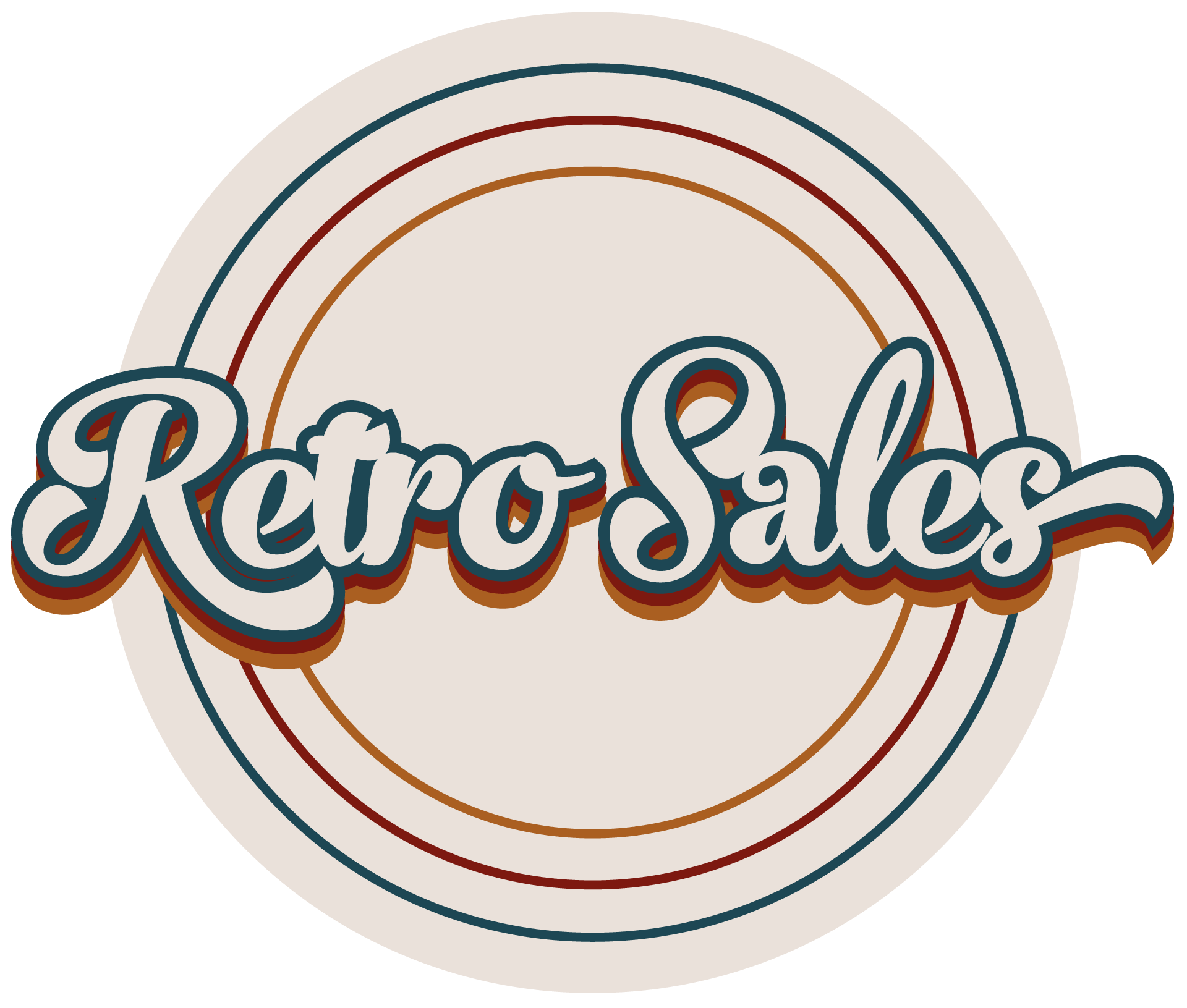
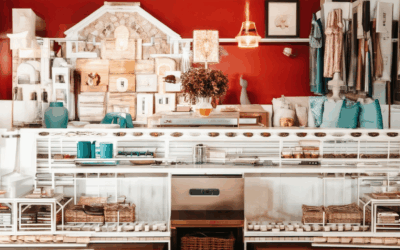
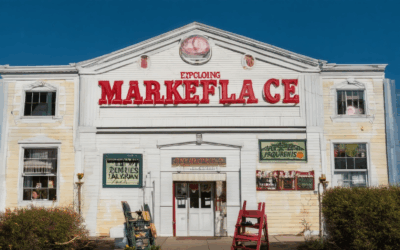
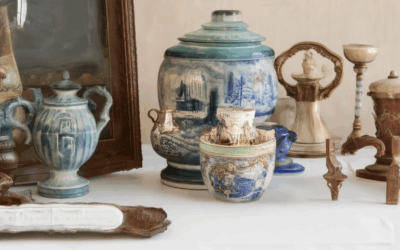
0 Comments